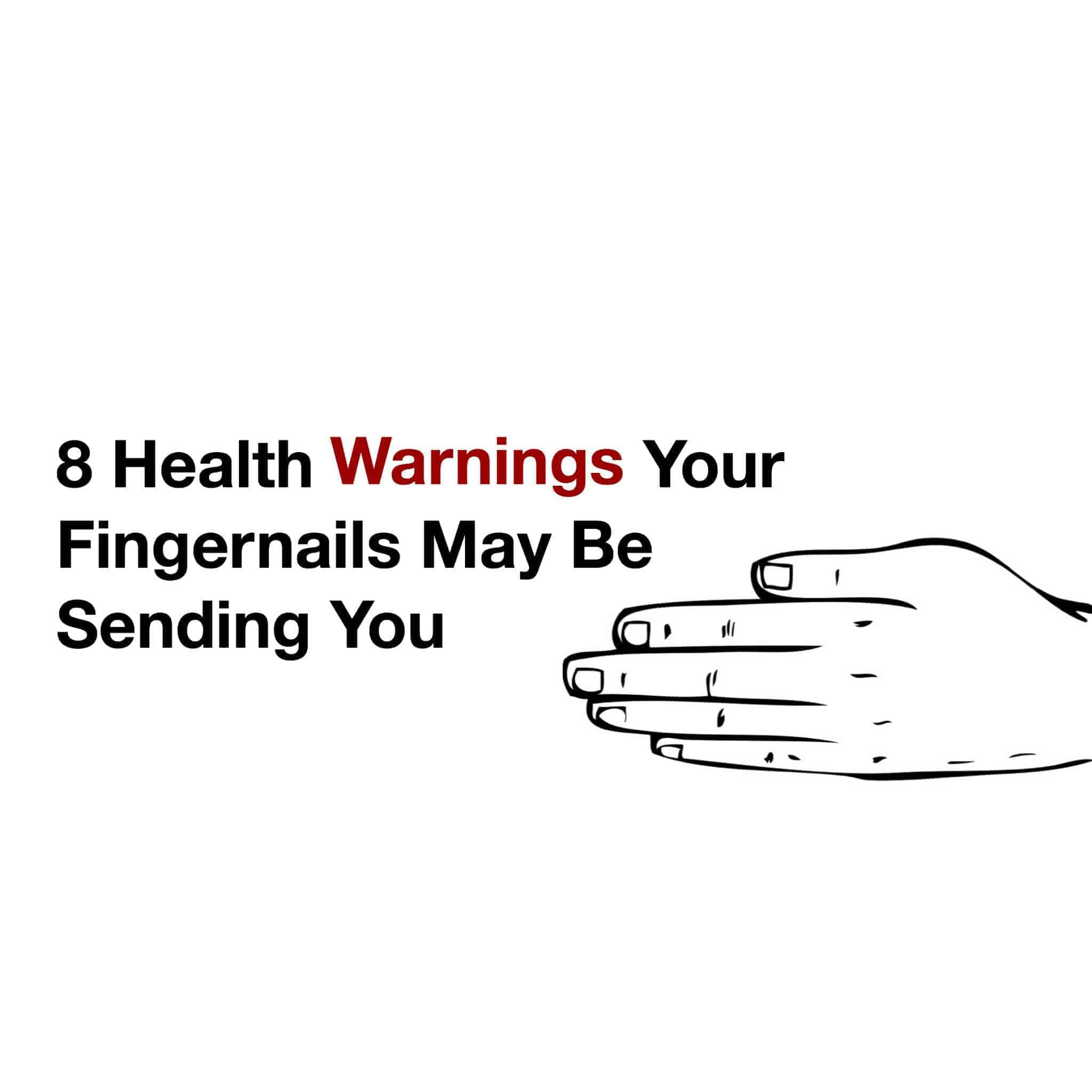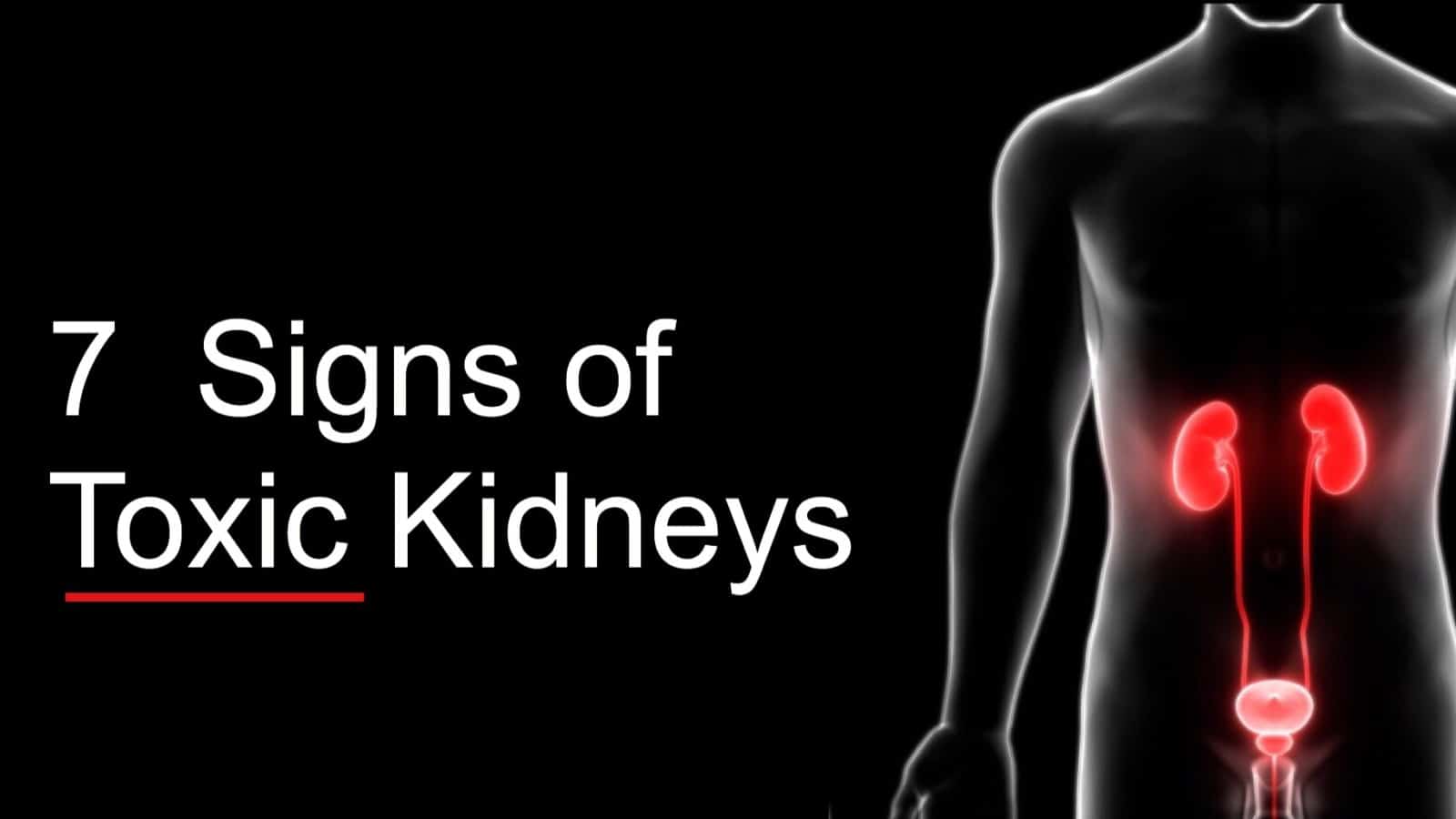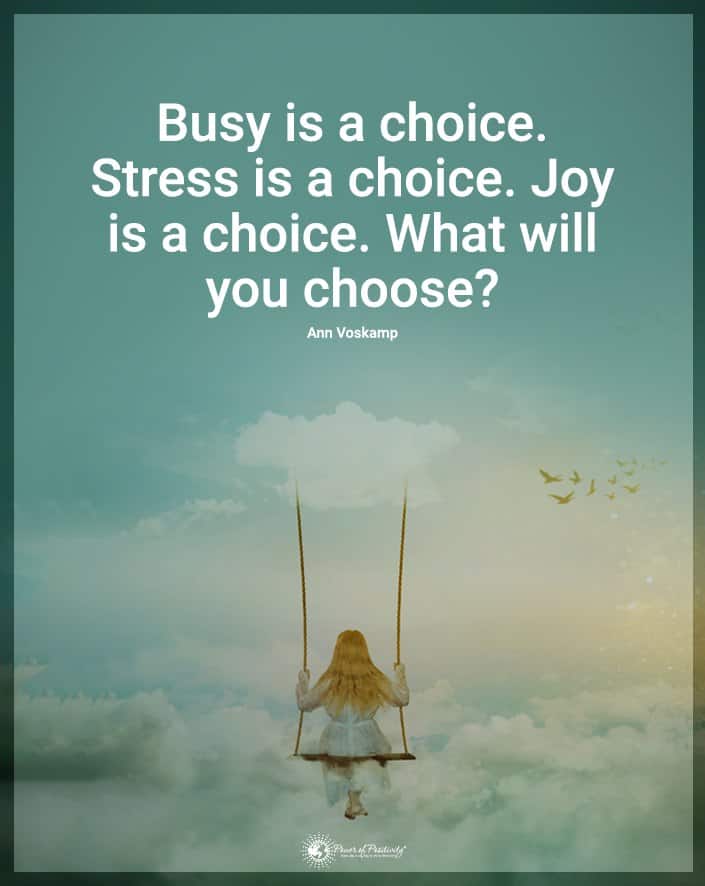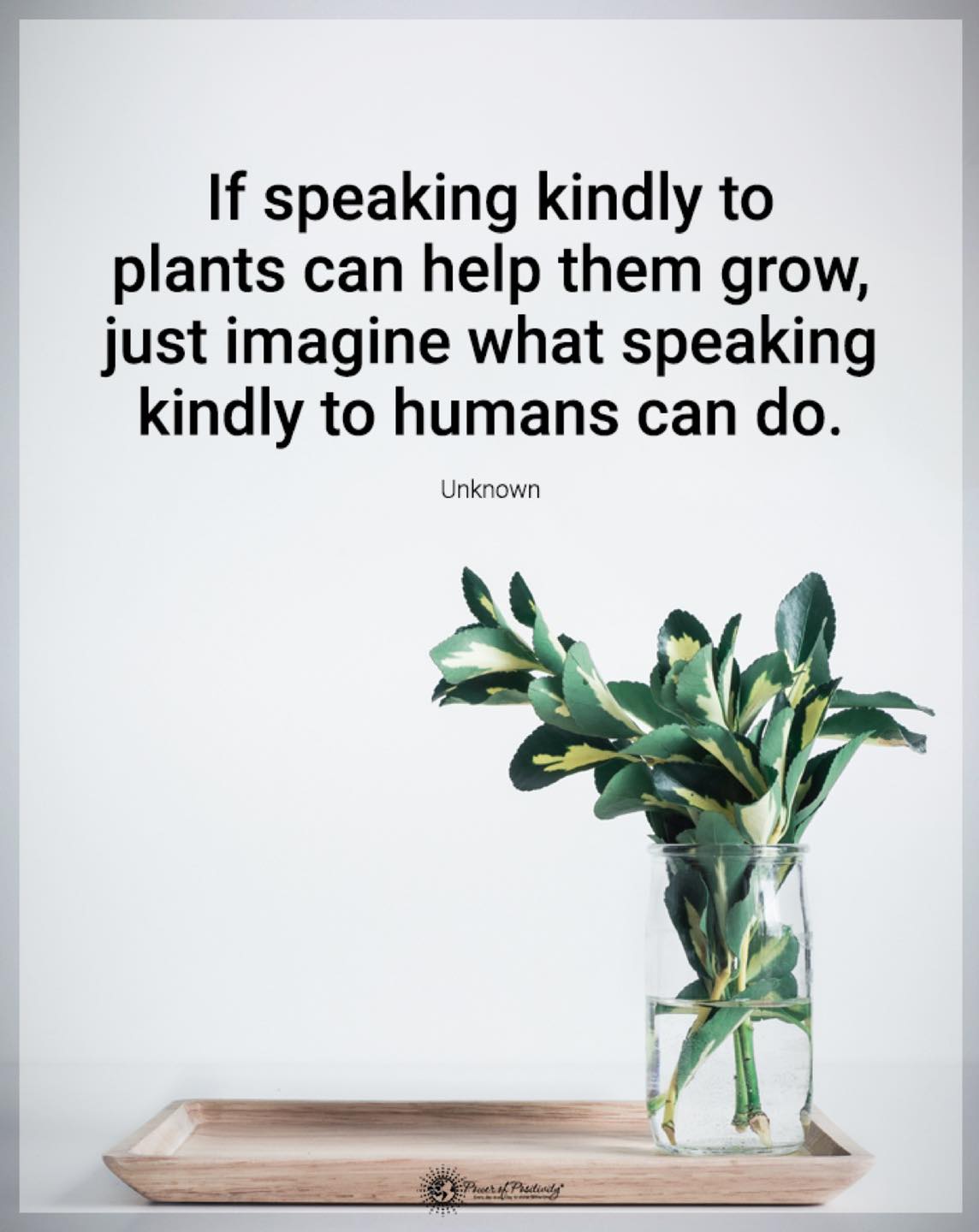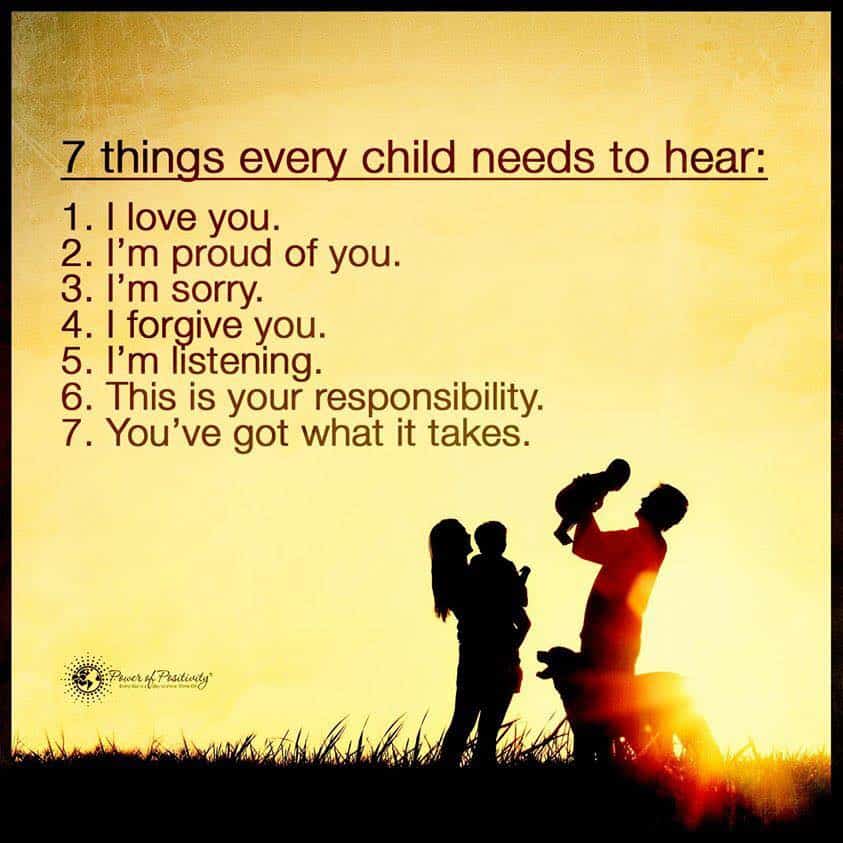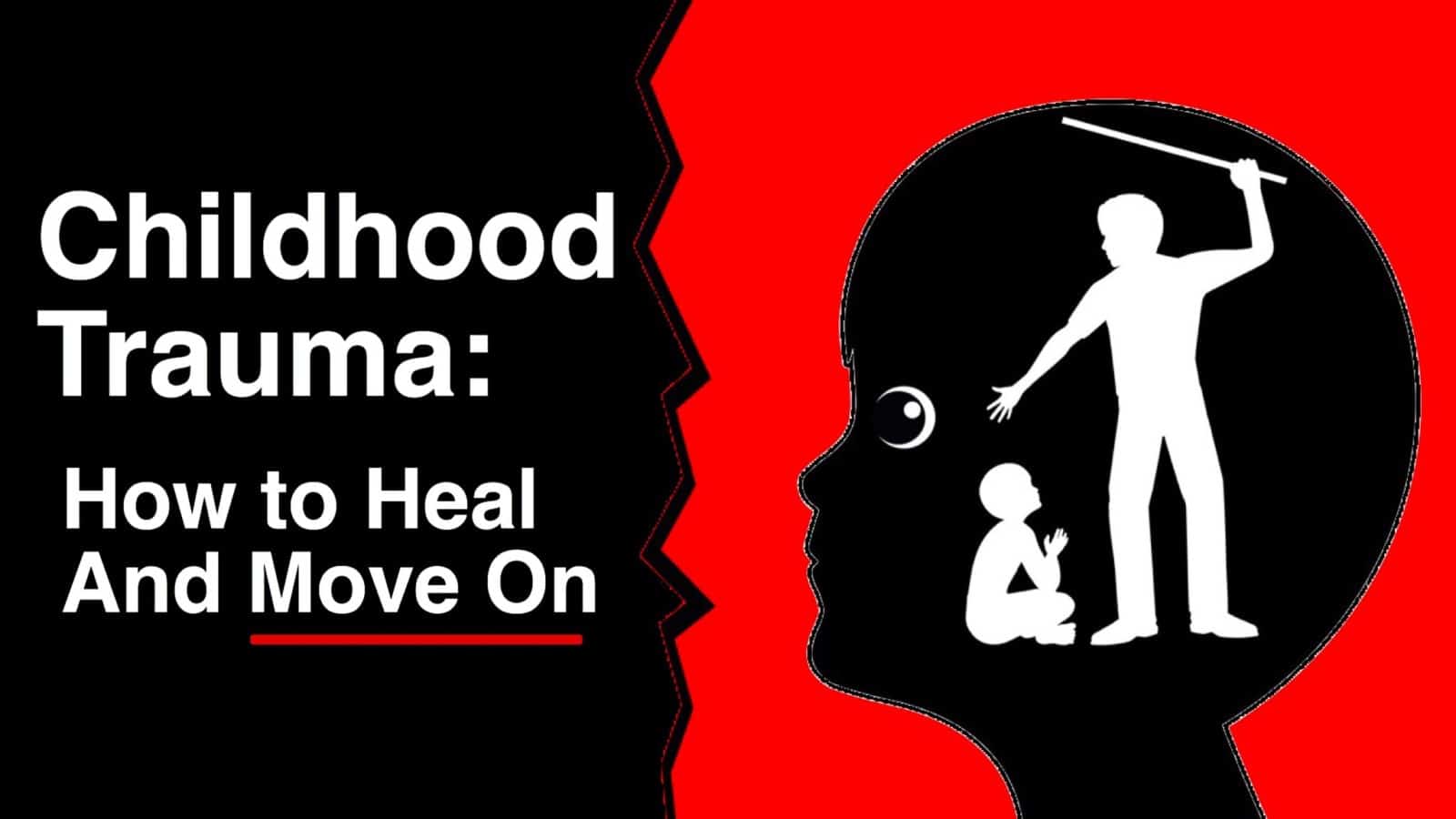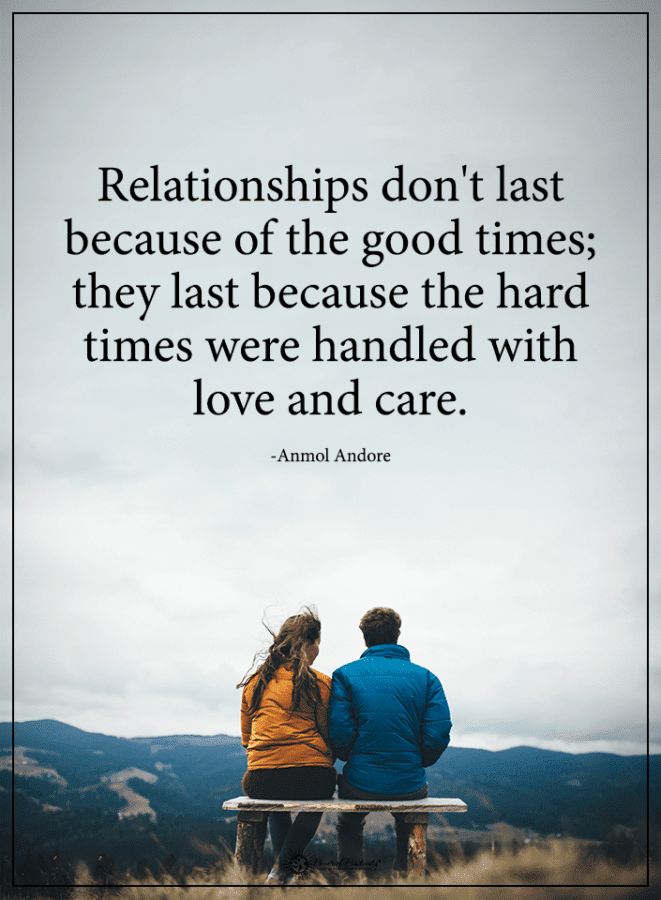Can fingernails provide a quick glimpse into the state of our health?
As it turns out, there exists a multitude of conditions and diseases that affect your nails.
Fingernails, after all, are extensions of the skin. Per the American Academic of Dermatology (AAD), nail health – as with skin health – is vital.
Let’s take a step back and ask a question: what are nails, exactly?
Here’s Wikipedia’s definition of a nail:
“A nail is a horn-like envelope covering the tips of the fingers and toes in most primates and a few other mammals … (they) are made of a tough protective protein called alpha-keratin.”
Keratin is a protein that is used in many skin and hair products. It’s fair to say that our nails, skin, and hair are all biologically related. Here’s one example of this:
“A 2012 paper noted that 77 percent of psoriasis sufferers have nail abnormalities, most commonly (the nail conditions) pitting and onycholysis (seperation of the nail from the nail bed). Though far more common on toenails, fungus can also infect fingernails (onychomycosis), causing nails to thicken and turn yellowish.”
In short, nail abnormalities often accompany skin conditions – and vice-versa.
Here are five other nail conditions and their associated health indications:
– Nail clubbing
Clubbing occurs when the fingertips become engorged, and your nails curve downward. It’s common for the nails to appear almost sickly white, which is often representative of a sign of low oxygen in the blood. Clubbing has been associated with heart disease, inflammatory bowel disease, kidney disease, and lung disease.
– Horizontal indentations (Beau’s lines)
Parallel ridging of the nails, known as ‘Beau’s lines,’ show an abnormality in nail growth. Beau’s lines may be a sign of diabetes, psoriasis, or a zinc deficiency. They can also be the product of nail trauma, or a high fever that sometimes accompanies a severe illness.
– White Bands (Muehrcke’s Nails)
Whitish bands that appear as strips across the width of the nail characterize the condition known as Muehrcke’s Nails. The condition may be related to kidney or liver disease and may also occur as a result of chemotherapy treatment.
– Brittle, Cracked or Dry Nails
Dry, cracked or brittle nails is indicative of exposing your hands to frequent water submersion. If you’re a dishwasher, diver, fisherman, or swimmer, you’ve likely experienced this symptom on occasion.
It’s also worth mentioning the dry nails may reveal a Vitamin A, B, or C deficiency. Brittle nails may result from frequent use of nail polish remover or chemical exposure (from household cleaning products, for example.)
– Spoon nails (koilonychia)
Nails that appear abnormally flat, thin, or bowl-shaped are often associated with severe iron-deficiency anemia. Systemic illnesses may also be the cause, commonly resulting from repeated exposure to nail trauma or toxic chemicals.
Proper Nail Care and Good Health
AAD gives the following seven recommendations for keeping nails healthy:
– Keep your nails clean and dry. This prevents bacteria from accumulating below the nail’s surface and causing the growth of unsightly fungal infections of the nails.
– Cut your nails correctly – straight across and rounded slightly in the center. Proper cutting will help keep the nail healthy and prevent ingrown nails.
– Soak your feet in warm salt water for 5 to 10 minutes. This will make the nails easier to properly trim (see above).
– Shoes should fit properly – not too snug or too loose. It helps to consult with an expert (podiatrist) to determine proper fit.
– Don’t bite your nails, as this can transfer infectious bacteria between your fingers and mouth. Nail-biting can also damage the skin around your fingers, allowing infections to enter.
– Apply a moisturizer, especially after removing nail polish or any other product containing chemicals.
If you experience recurring nail problems, it is advisable to seek advice from a medical specialist. Dermatologists specialize in the diagnosis and treatment of skin, nails, and hair disorders.

